ESA astronaut Tim Peake in space is set to drive a rover in a simulated Mars landscape in Stevenage, UK, this Friday. Flight Operator Koen Struyven from the Belgian User Support and Operations Centre (some of the guys and girls that run ESA’s experiments in space) sends us an update on preparations:
Seriously, we are running out of Tims.
After ESA astronaut Andreas Mogensen drove a rover on the surface of the Moon during his iriss mission last September, Tim Peake will be driving a rover on Mars! Well, not quite Mars, rather a simulated Mars yard in the UK. And okay, it wasn’t on the Moon, it was at ESA’s technical centre ESTEC in The Netherlands. But both activities are part of the METERON project, whose overall goal is to set up an environment to simulate robotic exploration scenarios.
Tim will be using two laptops on the International Space Station to control a rover in the Mars Yard in Stevenage, UK. First, he will familiarize himself with the controls by driving around in a well-lit area in the yard, then he will enter a cave to do some science (in the dark!), eventually returning to the illuminated area.
Tim will receive an On-Orbit Training video explaining how to drive the rover. But the final instructions on what to do will only be revealed just before the activity starts. Congratulations, you now officially know more than Tim does! I hope he doesn’t spend too much time on the internet, reading blogs and all that.
The network to support this rover driving is fairly complex (and itself is part of the experiment as it makes use of new, delay-tolerant technology ) and the ground teams need to be in sync at all times. The rover and Mars Yard are situated at an Airbus UK site, while the network connectivity and management will be operated by ESOC, ESA’s space operations centre, in Germany while the Space Station interface and ISS operations will be conducted by B.USOC in Belgium. Since his training purposefully is very limited everything needs to be very clear for him.
In order to prepare for the event, we need lots of testing as we go through the entire settings and timeline of that day. Network tests, ground tests and full simulations need to be organised. A good simulation requires that most of the people involved in the real thing are present or at somebody pretends to be them. We have people mimicking the Flight Director, EUROCOM, and even … Tim.
It does not make much sense if we always have the same person playing the astronaut. The whole idea of the simulations is to see if the operational products we make are clear enough for someone who is driving the rover for the first time. The last thing we want is Tim asking questions because our software interfaces are ambiguous or the driving instructions are unclear. So a good astronaut test-subject is someone who is not familiar with the software or the operational scenario. This means that everybody from the METERON team is already ruled out from playing astronaut.
You can see where I’m going, right? We need Tims… a lot of Tims. Luckily, we made the fastest astronaut selection procedure ever:
“Hey you! Want to be an astronaut and drive a rover on Mars?!”
“Erm, Sure?!”
“Congratulations, you are hired!”
The selections are going very well, but after admitting already the entire department, we are still running out of Tims!

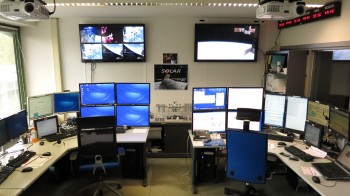
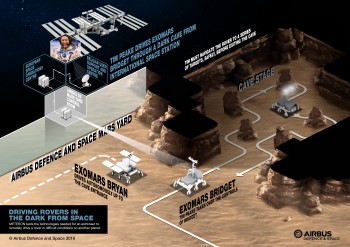
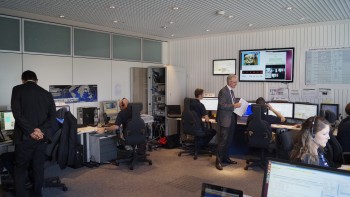
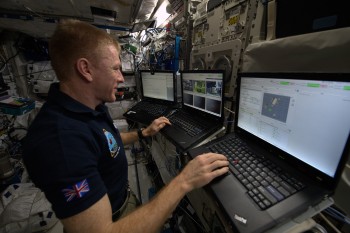
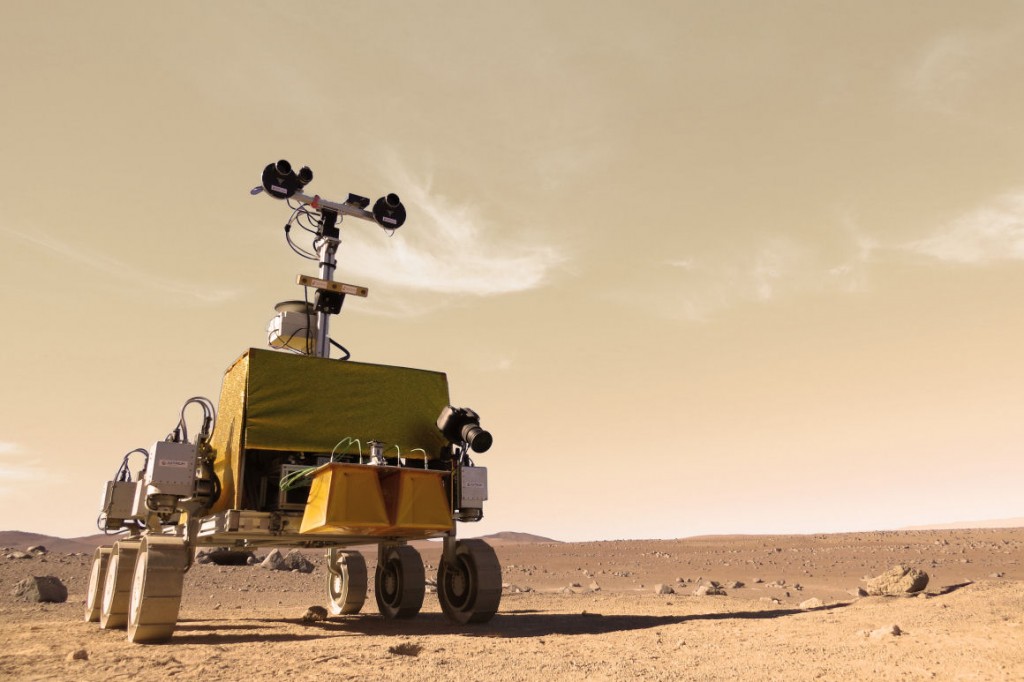
Discussion: one comment
Thanks for this information and Good Luck to all for Friday for the test drive. Could I ask please, where did you get the 300 tonnes of sand from so that it replicates the sand on Mars ? Was it from a UK beach or from a beach abroad? From me in England